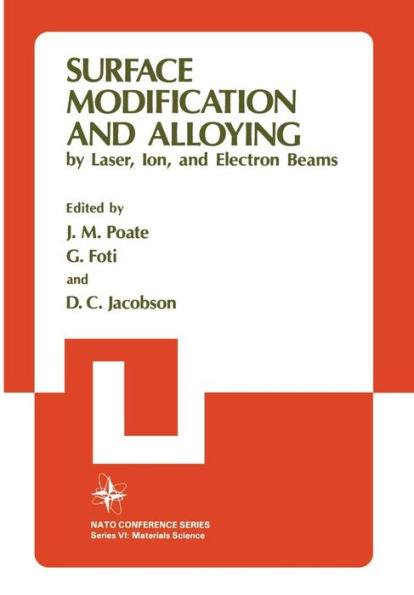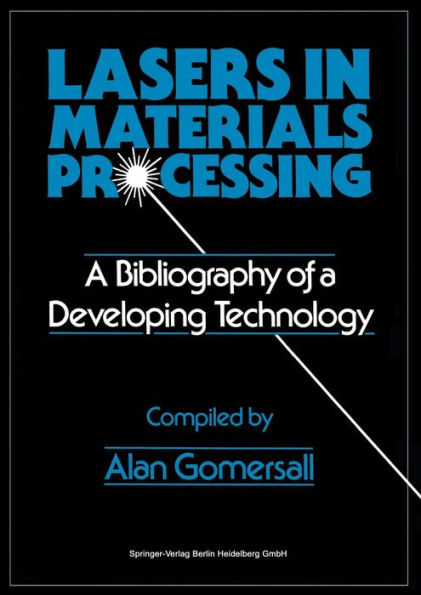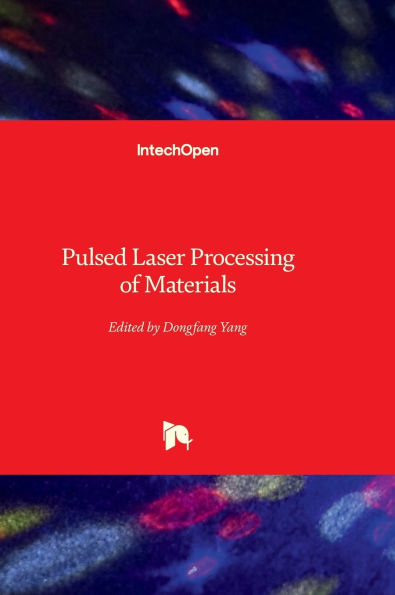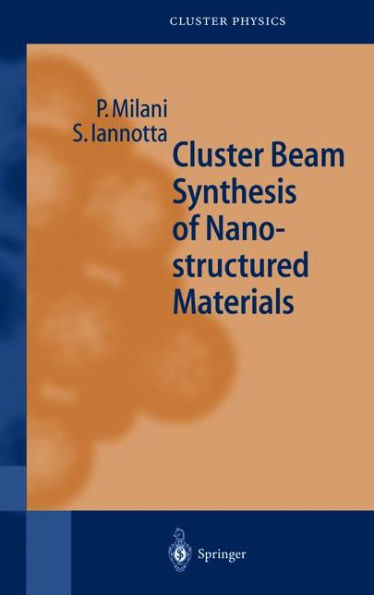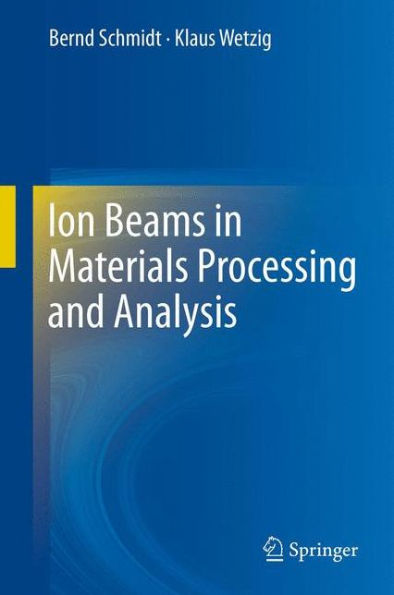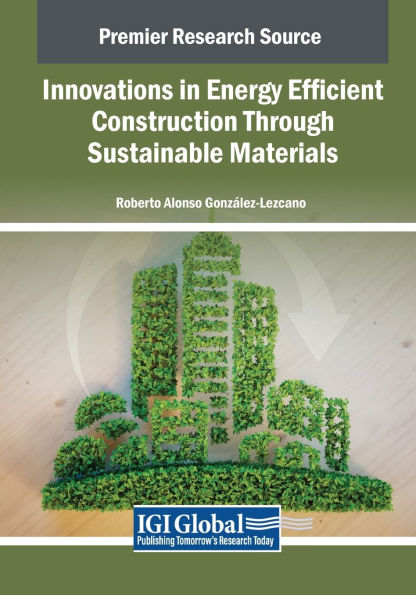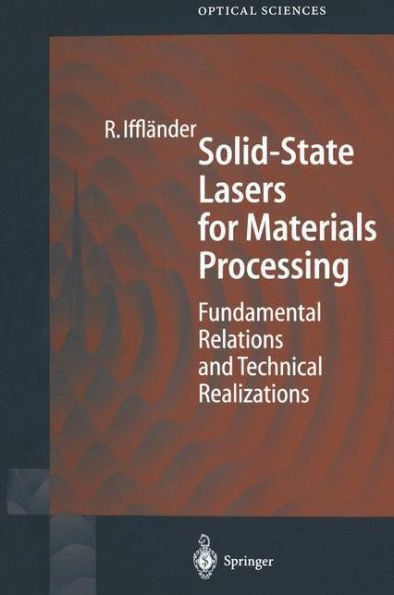Home
Efficient material laser beam ablation with a picosecond laser
Barnes and Noble
Loading Inventory...
Efficient material laser beam ablation with a picosecond laser in Franklin, TN
Current price: $139.99
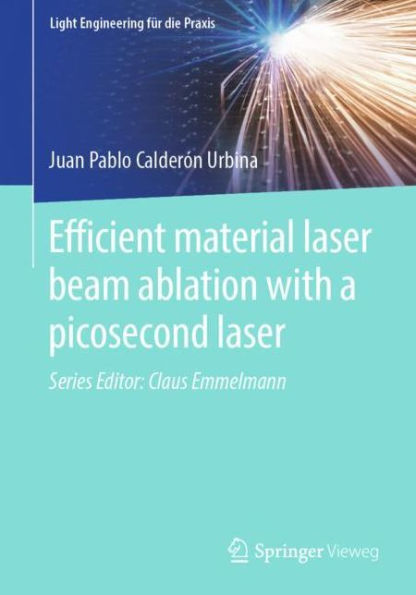
Barnes and Noble
Efficient material laser beam ablation with a picosecond laser in Franklin, TN
Current price: $139.99
Loading Inventory...
Size: OS
Ultra-short pulse laser processing of ultra-hard materials requires an accurate and agile experimental and analytical investigation to determine an efficient choice of parameters and settings to optimize ablation. Therefore, this work presents a quality-oriented experimental approach and an analytical approach for the modeling and validation of multi-pulse picosecond laser beam ablation on cemented tungsten carbide. This work starts with a review of literature and state-of-the-art theories of four relevant areas for this research: picosecond lasers, laser beam ablation process, cemented tungsten carbide (WC) and quality-oriented tools. Subsequently, a concept for an efficient material laser beam ablation with a picosecond laser was introduced. Furthermore, two approaches for the investigation are presented from an experimental and analytical perspective, respectively. The first approach introduced a methodology for the identification of influential parameters. It executes a quality-oriented methodology based on the SWOT analysis, cause-and-effect diagram and the variable search methodology. The conclusion of the methodology gave the interaction of pulse repetition rate and scanner speed in the form of pulse overlap and track overlap
PO/TO
as the most influential parameter in the maximization of the ablation rate. The second most influential factors resulted laser beam power and burst-mode. The second approach, description of the model, executes a theoretical analysis of the picosecond laser beam ablation of cemented WC by the application of the Beer-Lambert law and multi-pulse ablation modeling. The unavailable material properties were obtained by experimental investigations, like in the cases of the incubation factor and the reflectivity factor. Threshold fluence for cemented WC was determined by the application of the heat transfer theory and input power intensity was adapted to a Gaussian beam profile. At the end of the approach, power density visualizations of a picosecond laser pulse under the five available pulse repetition rates were modeled and validated. The findings from the adaptation of the Beer-Lambert law acted as basis for development of the multi-pulse laser ablation model for both single-pulse mode and burst-mode, respectively. Based on the definition of the number of pulses
N
irradiating the same area, the corresponding threshold fluence for
, the input fluence and incubation factor, ablation depth was modeled and experimentally validated. Finally, results and conclusions of both approaches were discussed and a framework for an efficient laser beam ablation was presented. Recommendations for further actions on research and industry were introduced at the end of the work.
PO/TO
as the most influential parameter in the maximization of the ablation rate. The second most influential factors resulted laser beam power and burst-mode. The second approach, description of the model, executes a theoretical analysis of the picosecond laser beam ablation of cemented WC by the application of the Beer-Lambert law and multi-pulse ablation modeling. The unavailable material properties were obtained by experimental investigations, like in the cases of the incubation factor and the reflectivity factor. Threshold fluence for cemented WC was determined by the application of the heat transfer theory and input power intensity was adapted to a Gaussian beam profile. At the end of the approach, power density visualizations of a picosecond laser pulse under the five available pulse repetition rates were modeled and validated. The findings from the adaptation of the Beer-Lambert law acted as basis for development of the multi-pulse laser ablation model for both single-pulse mode and burst-mode, respectively. Based on the definition of the number of pulses
N
irradiating the same area, the corresponding threshold fluence for
, the input fluence and incubation factor, ablation depth was modeled and experimentally validated. Finally, results and conclusions of both approaches were discussed and a framework for an efficient laser beam ablation was presented. Recommendations for further actions on research and industry were introduced at the end of the work.
Ultra-short pulse laser processing of ultra-hard materials requires an accurate and agile experimental and analytical investigation to determine an efficient choice of parameters and settings to optimize ablation. Therefore, this work presents a quality-oriented experimental approach and an analytical approach for the modeling and validation of multi-pulse picosecond laser beam ablation on cemented tungsten carbide. This work starts with a review of literature and state-of-the-art theories of four relevant areas for this research: picosecond lasers, laser beam ablation process, cemented tungsten carbide (WC) and quality-oriented tools. Subsequently, a concept for an efficient material laser beam ablation with a picosecond laser was introduced. Furthermore, two approaches for the investigation are presented from an experimental and analytical perspective, respectively. The first approach introduced a methodology for the identification of influential parameters. It executes a quality-oriented methodology based on the SWOT analysis, cause-and-effect diagram and the variable search methodology. The conclusion of the methodology gave the interaction of pulse repetition rate and scanner speed in the form of pulse overlap and track overlap
PO/TO
as the most influential parameter in the maximization of the ablation rate. The second most influential factors resulted laser beam power and burst-mode. The second approach, description of the model, executes a theoretical analysis of the picosecond laser beam ablation of cemented WC by the application of the Beer-Lambert law and multi-pulse ablation modeling. The unavailable material properties were obtained by experimental investigations, like in the cases of the incubation factor and the reflectivity factor. Threshold fluence for cemented WC was determined by the application of the heat transfer theory and input power intensity was adapted to a Gaussian beam profile. At the end of the approach, power density visualizations of a picosecond laser pulse under the five available pulse repetition rates were modeled and validated. The findings from the adaptation of the Beer-Lambert law acted as basis for development of the multi-pulse laser ablation model for both single-pulse mode and burst-mode, respectively. Based on the definition of the number of pulses
N
irradiating the same area, the corresponding threshold fluence for
, the input fluence and incubation factor, ablation depth was modeled and experimentally validated. Finally, results and conclusions of both approaches were discussed and a framework for an efficient laser beam ablation was presented. Recommendations for further actions on research and industry were introduced at the end of the work.
PO/TO
as the most influential parameter in the maximization of the ablation rate. The second most influential factors resulted laser beam power and burst-mode. The second approach, description of the model, executes a theoretical analysis of the picosecond laser beam ablation of cemented WC by the application of the Beer-Lambert law and multi-pulse ablation modeling. The unavailable material properties were obtained by experimental investigations, like in the cases of the incubation factor and the reflectivity factor. Threshold fluence for cemented WC was determined by the application of the heat transfer theory and input power intensity was adapted to a Gaussian beam profile. At the end of the approach, power density visualizations of a picosecond laser pulse under the five available pulse repetition rates were modeled and validated. The findings from the adaptation of the Beer-Lambert law acted as basis for development of the multi-pulse laser ablation model for both single-pulse mode and burst-mode, respectively. Based on the definition of the number of pulses
N
irradiating the same area, the corresponding threshold fluence for
, the input fluence and incubation factor, ablation depth was modeled and experimentally validated. Finally, results and conclusions of both approaches were discussed and a framework for an efficient laser beam ablation was presented. Recommendations for further actions on research and industry were introduced at the end of the work.


